On July 14, 2025, US President Donald Trump announced a significant policy change regarding the United States (US) military support for Ukraine. He stated that the US would increase the supply of weapons, including substantially the Patriot missiles to NATO allies, who would then forward the weapons to Ukraine, Axios reported.
This initiative includes the sale of approximately $10 billion (around Rp162 trillion) worth of armaments to the European NATO countries in the first phase, consisting of missiles, air defense systems, and artillery ammunition intended for Ukraine.
This marks a major shift from Trump's previous stance, where he was reluctant to provide offensive weapons to Ukraine and initially only committed to defensive support, aiming to avoid escalating the conflict. Now, the plan extends to long-range missiles capable of targeting distant areas within Russian territory, potentially including Moscow.
Although the final details have yet to be fully confirmed, the US intends for the European countries to pay for these weapons and in some cases immediately transfer the weapons from their existing stocks to Ukraine, then replenish them with purchases from the US.
The arrangement of weapon supplies was proposed by Ukrainian President Volodymyr Zelensky during a recent NATO summit and has gained momentum amid the increasing missile attacks by Russia in Ukrainian cities, exacerbating frustration over the failure of ceasefire negotiations with Putin.
Trump expressed deep disappointment with the negotiations, emphasizing that despite being discussed repeatedly, Russian missile attacks in cities such as Kyiv continued, diminishing the value of diplomatic dialogue.
NATO Secretary General Mark Rutte confirmed that several European countries, including Germany, Finland, Denmark, Sweden, Norway, the UK, the Netherlands, and Canada, have shown interest in participating. Meanwhile, the US is committed to maintaining its own weapon supplies for global missions while facilitating the transfer of these weapons. This shift is seen as a strategic effort to change the dynamics of the war and push Russia to negotiate.
How Effective is the Patriot in Repelling Attacks?
The Patriot was developed in the 1970s to intercept Soviet missiles. Meanwhile, Kyiv received it for the first time in April 2023 from Washington and some Western European allies to fend off Russian attacks, as reported by Al Jazeera.
Within a few weeks, they intercepted intercontinental ballistic Kinzhal (Dagger) missiles from Russia, launched from fighter jets at an altitude of more than 12 km above ground.
Kinzhal mostly flies in the Earth's stratosphere to maintain its speed, which according to Russian President Vladimir Putin reaches 10 times the speed of sound, thus he claimed that any Western air defense system becomes "useless".
However, over the past two years, around 10 Patriot systems in Ukraine - the exact number is kept secret by the country - installed in Kyiv and the southern port of Odesa successfully downed dozens of other Kinzhal missiles, as well as cruise and other ballistic missiles, including those from North Korea; fighter jets; helicopters; and attack drones. The situation is like nailing with a million-dollar Patriot missile, while the Russian drone costs 100 times less.
Unfortunately, the Patriot is not 100% efficient.
In an attack that occurred in late April in Kyiv, a missile from Russia struck a two-story apartment building, resulting in the death of 12 people and injuring 87 others. The explosion also shattered windows and damaged the roofs of dozens of surrounding buildings.
Will the Ukrainian Issue be Resolved with the Patriot?
The Patriots air defense system to be sent to major Ukrainian cities is expected to reduce the effectiveness of Russian air attacks, but it will not be considered a "red line" by Russian President Vladimir Putin. Volodymyr Fesenko, head of the Penta research institution in Kyiv, as quoted by Al Jazeera, stated that Russia has no objection to the Patriot, unlike their concerns about long-range weapons targeting Russian territory.
However, the Patriot alone will not solve the issue of Ukrainian air attacks. Fesenko explained that besides ballistic missiles, the primary weapons of Russia currently are drones, which cause the most significant damage.
Although the Patriot system is highly advanced and designed to intercept various aerial threats like ballistic missiles, cruise missiles, and drones, its success heavily depends on accurate intelligence data, strategic system placement, and coordination with other radar systems. Germany, one of Ukraine's allies, only has six remaining Patriot systems and can no longer contribute more from its own stock. Ukraine itself is reported to only have seven operational Patriot systems.
What Does Ukraine Need?
Lieutenant General Ihor Romanenko, former Deputy Chief of the General Staff of the Ukrainian military, stated that the country needs up to 25 additional Patriot missile systems to effectively protect its major urban areas. Although there are no official details about the arrival of these new Patriot systems, some observers view the US President Donald Trump's promise to deliver them as an effort to improve his tarnished image both domestically and internationally.
Romanenko emphasized that Ukraine's primary need at present is interceptor drones with speeds of up to 500 kilometers per hour. This is due to Moscow's continued efforts in developing a new generation of high-speed unmanned vehicles based on jet engines. He stated that the quantity of defense systems is crucial, as with the potential launch of over 700 drones in one attack, even if that number increases to 1,000, Ukraine must have hundreds of interceptors ready for use.
In addition to the Patriot system, Ukraine has also received the German-made Skynex air defense system, effective in shooting down a number of Russian-produced Geran drones via automatic 35 mm cannon with ammunition that explodes near the target. However, the current number of Skynex systems in Ukraine is limited, only two units, and there is no certainty about additional supplies.
Romanenko also highlighted the challenge of Moscow frequently changing the routes of its drone swarms to evade interception, thus Ukraine needs light aircraft with electronic jammers, helicopters, and air defense systems capable of downing high-speed and aerodynamic targets.
Meanwhile, Andrey Pronin, a Ukrainian drone warfare expert, criticized the Ukrainian Ministry of Defense's delay in developing and adopting interceptor drones that have been tested in combat. According to him, the Ministry of Defense has not shown serious interest in developing drone intercept technology even though his team has successfully developed such a system. Pronin described this situation as "amateur" and stated that the situation has not improved.
Editor's Choice: Trump Threatens Russia with "Severe Tariffs" as U.S. Pledges Arms Shipment to Ukraine
Click here to get the latest news updates from Tempo on Google News









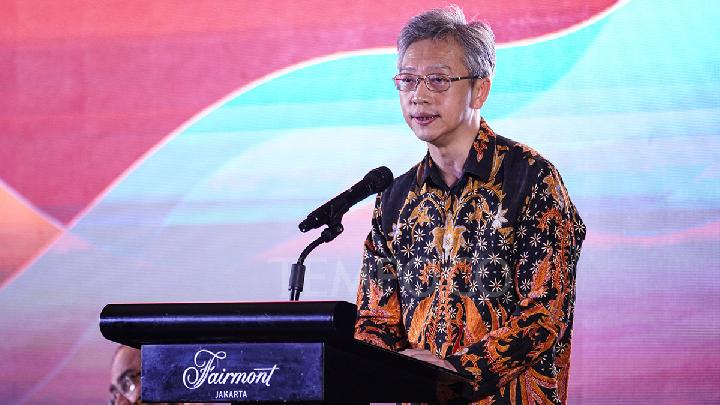




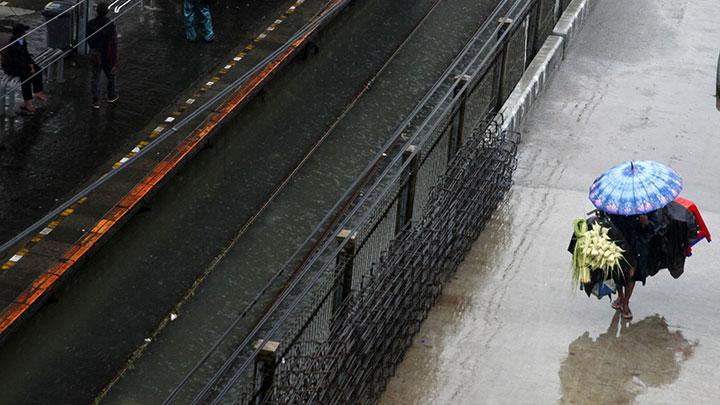




















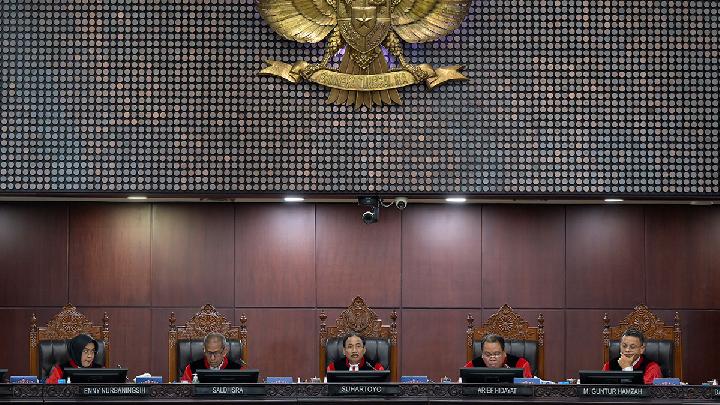
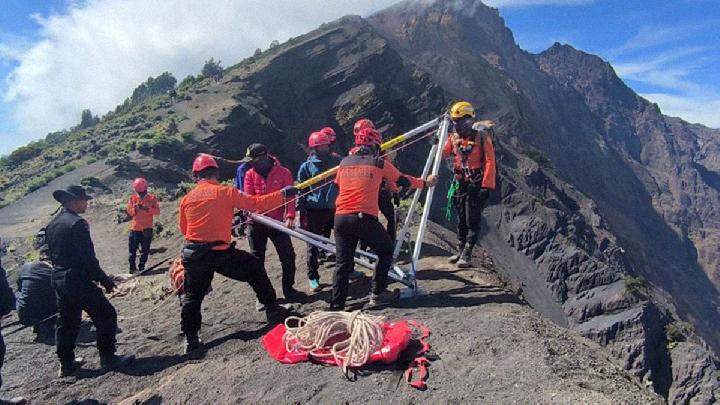
:strip_icc():format(jpeg)/kly-media-production/medias/5264803/original/026336600_1750904581-Cek_Fakta_Tidak_Benar_Ini_Link_Pendaftaran__11_.jpg)


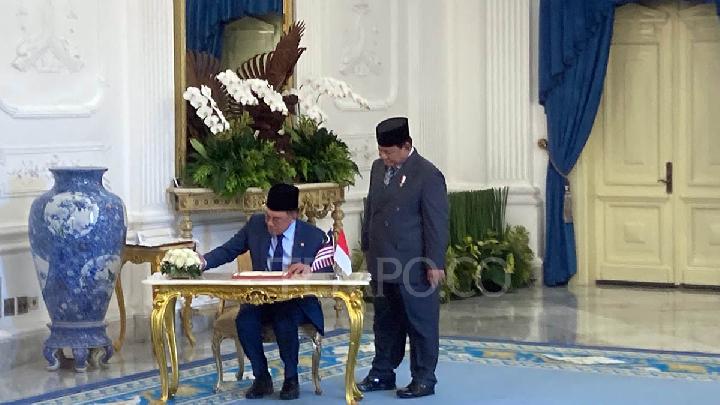
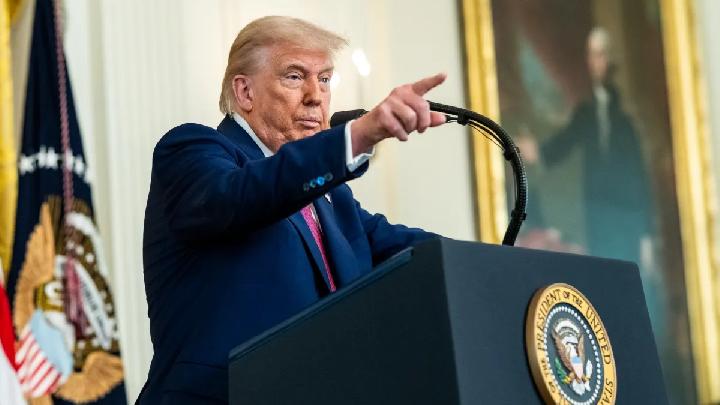



:strip_icc():format(jpeg)/kly-media-production/medias/5258623/original/005010500_1750392881-Cek_Fakta_Tidak_Benar_Ini_Link_Pendaftaran__5_.jpg)
:strip_icc():format(jpeg)/kly-media-production/medias/4498476/original/051974700_1689063836-puasa_sunnah.jpg)


:strip_icc():format(jpeg)/kly-media-production/medias/1407603/original/079705400_1479294075-Ali_Khamenei.jpg)
:strip_icc():format(jpeg)/kly-media-production/medias/5258672/original/007662100_1750394658-18b4e792-fa49-48cf-b166-455eb3a3b632.jpg)